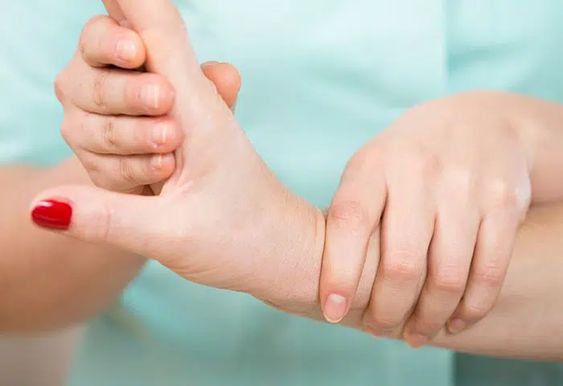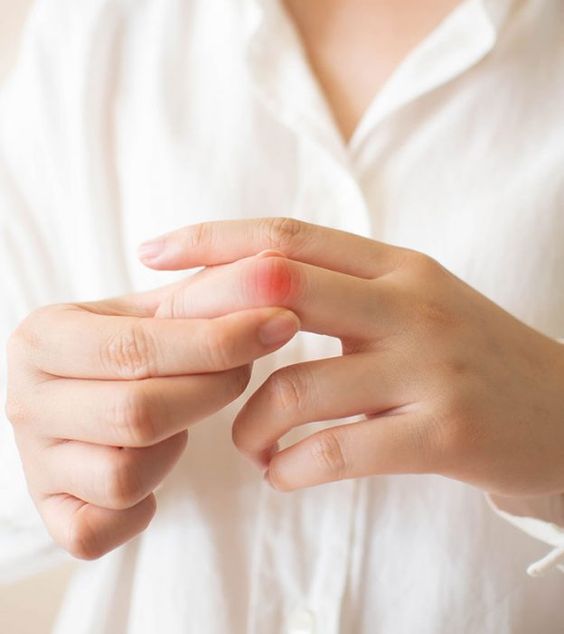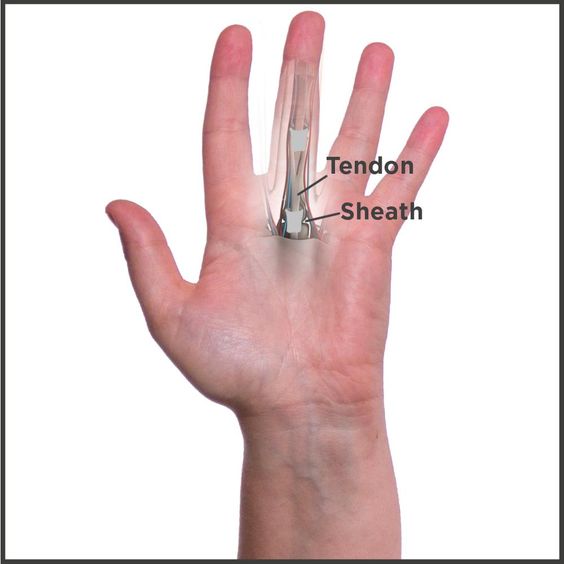ErlanggaBlog.com – After undergoing knuckle joint replacement, patients are given a period of time to recover. After surgery, they will begin to perform gentle range-of-motion exercises and strengthening exercises. These exercises will help strengthen the muscles surrounding the joint and improve function. They will also be taught proper grips and ways to do tasks with minimal stress on the joint. Patients who experience residual stiffness after surgery may have a difficult time resuming normal activities.
Sore joints and inflamed tissue are removed

The procedure is performed through incisions made in the hand. The incisions may run straight across the back of the hand or down the side of each knuckle. The diseased joint and the inflamed tissues are removed. A specially shaped replacement is inserted into the hole. This new artificial joint fits snugly into the metacarpal bones, providing stability to the joint while it heals. The ligaments and tendons that attach the knuckle to the hand are repaired as well.
After the finger joint replacement procedure, the surgeon makes an incision over the back of the joint. Next, he or she spreads out the soft tissue covering the finger joint to expose the joint. After cutting the tissues, a burr is used to create a hollow space between the joint bones. After the canal is made, the prosthesis is inserted into the joint bones. After the joint is repositioned, the surgeon closes the incision.
Some risks of finger joint replacement complications

The procedure is not without risks. Some complications of finger joint replacement include infection, damage to the nerves or blood vessels, implant loosening, and joint instability. Moreover, it is best suited for patients who do not exert extreme stress on the fingers. Patients with repetitive activities should opt for other surgical procedures. In such cases, patients should seek medical advice as soon as possible. It is important to remember that the risks of artificial joint replacement are minimal compared to those of other procedures.
Avoid using the operated hand too much

Following surgery, the finger is positioned in a cast and splint to support it during the healing process. An arm-length cast is sometimes used after the surgery. This cast will keep the finger in an upright position for up to 3 weeks. The arm will also be propped up for a while to alleviate swelling and throbbing. Pain medication is usually prescribed after the surgery. In addition to pain medication, patients should avoid too much use of the operated hand as this may damage the new joint. Physical therapy is also a necessary step to get the hand back to normal functionality.
Surface replacement artificial finger joints are the most common options for replacement of knuckles. These artificial joints replace the joint’s anatomical contours with metal surfaces. A surface replacement artificial joint like the MCP is made of silicone, metal, or pyrocarbon. Each artificial implant is designed for a particular patient set. Each type provides good pain relief and helps maintain motion. The pros and cons of these surgeries vary, but each has its benefits.







